How to spray grapes in spring before flowering?
Grapes are a shrub that does not require special care, but at the same time it reacts sharply to changing weather conditions and the appearance of pests. For this reason, the grapes must be properly processed in the spring after opening.
Why is spraying necessary?
The fruit shrub is susceptible to fungal diseases: the ground part is affected by mildew, powdery mildew, gray, white and black rot (they often arise due to a sharp change in weather). Timely processing will help protect the grapes and ensure high yields.
The appearance of the vine can be a legitimate concern. First of all, you should pay attention to the appearance of drops of juice and irregularities on the kidneys.
Where to begin?
It is necessary to start processing grapes in the spring, when there is no longer a threat of frost. It is recommended to open it when the positive temperature is established.
Until this time, in early spring, it is necessary to provide ventilation by making small holes. The shrub should be fully opened after the green cone appears. This is the right time to process it.
When spraying a bush, it is necessary to process the soil with high quality. This will eliminate pests and prevent disease.
You can protect grapes with the help of specialized chemicals or absolutely safe ecological products. When processing, attention should be paid to boles, sleeves, vines and near-trunk circles.
The roots need oxygen, so in the spring, when the shrub has already been cut, they begin to dig in the soil with a hoe. This procedure should be repeated at the end of May.
The final stage of processing can be the surface coating of the trunks with peat or compost.
Spraying
It is necessary to spray the shrub in several stages.
- Vines treated with iron vitriol after opening. To prepare the solution, it is necessary to dilute half a kilogram of the substance in ten liters of water.
- During the period of swelling of the eyes, a product with a lower concentration is prepared (no more than three hundred grams for the same volume of water). However, this option is less effective at protecting against disease.
- It is recommended to repeat the procedure when five leaves appear or when the average daily temperature reaches ten degrees. However, before you start processing, you need to remove unnecessary shoots.
The plant will benefit from the preparations "Horus" or "Strobi", which are effective even at low temperatures. An insecticide against ticks ("Fufanon" or "Actellik") will enhance and complement their action.
In the future, the grapes should be processed in the summer before flowering.
Before you start spraying the grapes, you should tie up the bushes by lifting them from the ground. To do this, use a trellis or wire. The garter of the plant will protect it from waterlogging and protect it from mildew. However, this procedure is recommended only in dry weather.
Timely spraying prevents leaves from drying out. In addition, the plant needs constant monitoring. If signs of disease appear, treatment should be carried out immediately.
How to choose a product?
Often it is difficult to choose a tool that is better for treating shrubs after winter. Most gardeners believe that drugs that are sold in stores are hazardous to health, and prefer alternative methods to them.
Fungicides and insecticides
Fungicides are chemicals that fight diseases caused by parasitic fungi. Insecticides are used to kill harmful insects.
There are three types of such substances.
- Contact - drugs that are effective only in direct interaction with the source of infection. This type of chemical acts externally and is not addictive to parasites.
- Systemic - funds recommended for use if infection has penetrated into cells. They are able to cure the entire bush in a short time and protect it from re-infection. They are resistant to rainy weather, but should not be used more than twice a season.
- System contact - drugs that combine the principles of action of the types described above. Before using them, you should carefully read the instructions.
Copper sulfate
A popular and affordable substance that can be used to treat a bush regardless of the season is copper sulfate. It is especially effective when the leaves begin to fall off the plant. Copper sulfate not only helps protect against diseases and pests, but is also an excellent soil fertilizer.
Bordeaux liquid
This fungicide is used in the spring before bud break. It is recommended to treat the shrub with a 3% solution. For its preparation, two plastic or enameled containers with a volume of ten liters are used - three hundred grams of copper sulfate are placed in one, and the same amount of slaked lime in the other. Each substance is poured with a liter of hot water, and then five liters of cold water are added and mixed. After that, both solutions are filtered through cheesecloth and liquid with copper sulfate is poured into a container with lime.
Bordeaux liquid can be harmful to eyes and skin, so wear glasses, a mask, gloves, waterproof clothing and shoes before using it.
Spraying is carried out with a large amount of the mixture to treat shoots, foliage and cracks in which pathogens are located. The procedure is repeated a month later, using a less concentrated solution. In one season, the bush is sprayed six times. When the flowering is over, the treatment is not carried out; it is resumed only in the summer.
inkstone
Iron sulfate is a potent fungicide and should not be used when the kidneys are open. It is most effective to use this substance in early spring. The treatment is carried out with a solution, which is obtained by mixing three hundred grams of ferrous sulfate and ten liters of water. Fungicide is sprayed not only on the vine, but also on the soil around it. It is recommended to use about fifteen liters of mortar per hundred square meters.
"Topaz"
One of the fungicides that can be sprayed on the bush during the spring months is the popular Topaz. It helps to cope with rust, rot, powdery mildew. "Topaz" destroys pathogens and prevents new infections.
The first spraying is carried out immediately after the buds have blossomed. The second is when flowering ends. The time period between them must be at least twenty days.
"Nitrafen"
"Nitrafen" is a drug that has a complex effect. It is an insecticide, fungicide and pesticide.
"Nitrafen" is very toxic, so it can be sprayed with it only in the spring immediately after opening. This option is used to disinfect wood wounds, as well as to combat pests and diseases: mildew, ticks, oidium, anthracnose. For this, two hundred grams of the substance is dissolved in ten liters of water.
If there is fungus or mold on the soil, it is treated with a more concentrated solution (three hundred grams of paste for the same amount of liquid)
Biologicals
Biological preparations are non-toxic, they do not contain chemical compounds, but saprophytic fungi, hay bacillus and other bacterial strains. They rid plants of diseases caused by fungi, bacteria and insects.
Fitosporin
"Fitosporin" is recommended for the treatment of plants from powdery mildew, late blight, rust, root rot, scab. In order to spray the bush, it is necessary to prepare a solution: add one tablespoon of the substance to ten liters of water and mix thoroughly.
"Fitosporin" can be in the form of a powder, paste, or liquid. When choosing the first option, it must be borne in mind that the drug needs long-term dissolution.
After the application of "Fitosporin" it is impossible to feed the plants with preparations having an alkaline base.
Folk remedies
Folk remedies are the safest, but they are only effective as a prophylaxis. If the infection has already appeared, the benefit will be minimal.
In spring, grapes are treated with onion peel infusion, sprinkling the bush before and after flowering. To prepare the product, half a bucket of husk is poured with water, boiled for twenty minutes and left for a day. Then water is poured into the same container so that the total volume reaches ten liters, a tablespoon of honey is added and filtered.
If the bush is affected by powdery mildew, it is recommended to process it with hay dust infusion. A bucket of dry hay is poured with water, infused for a week, filtered, and then the plant is sprayed.
It is necessary to process grapes after rain. With water, spores and bacteria that live in the soil enter the plant. Therefore, only timely step-by-step spraying and the right means for it will help to get a high yield.

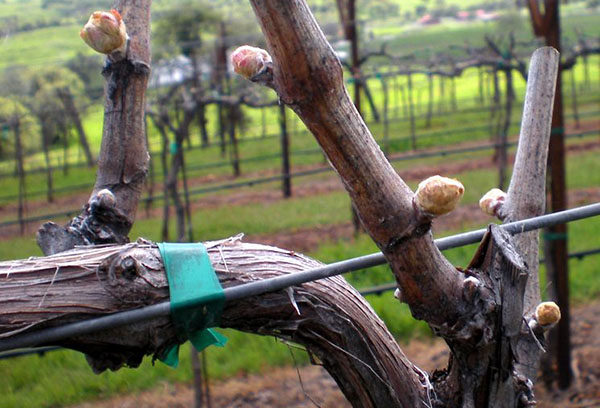
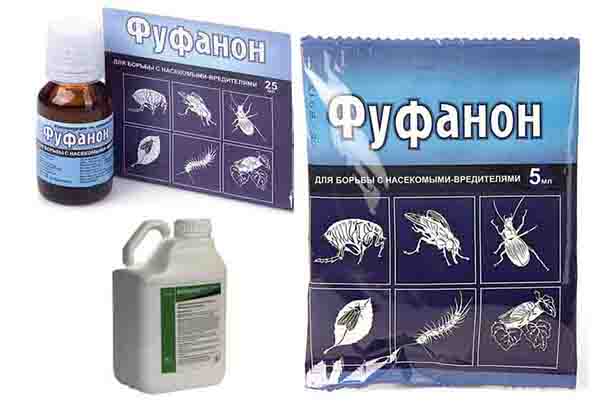
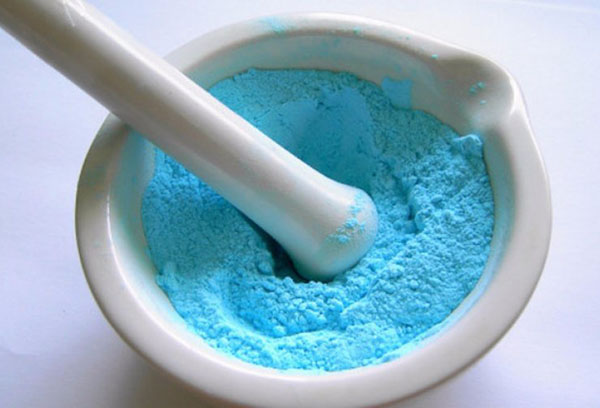

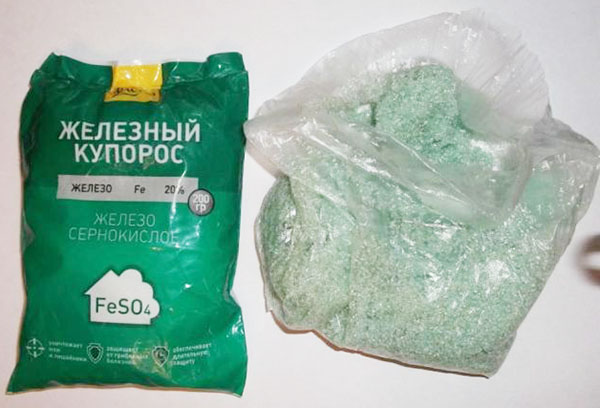
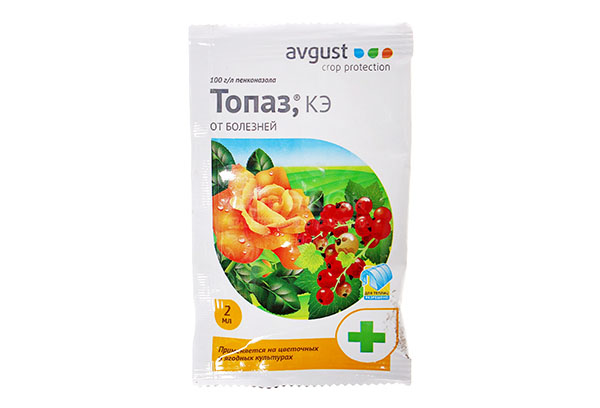
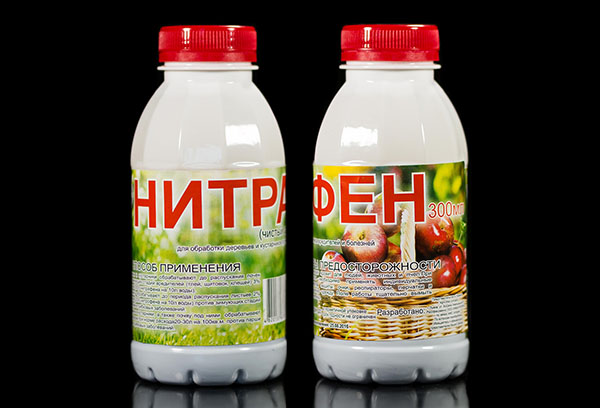

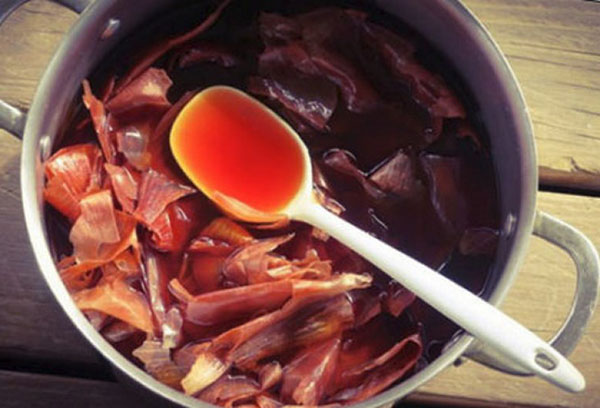
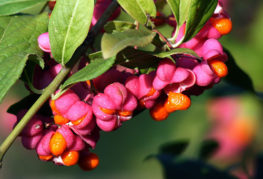
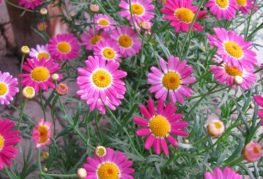
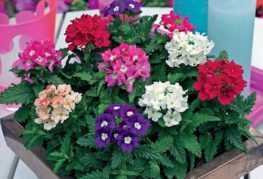
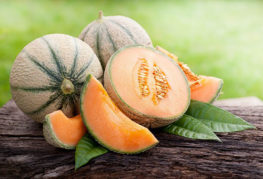
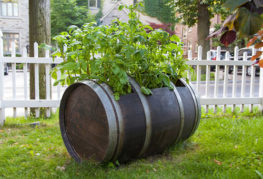
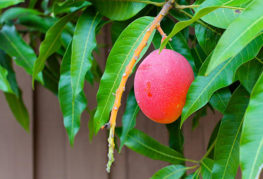
and will be published shortly.